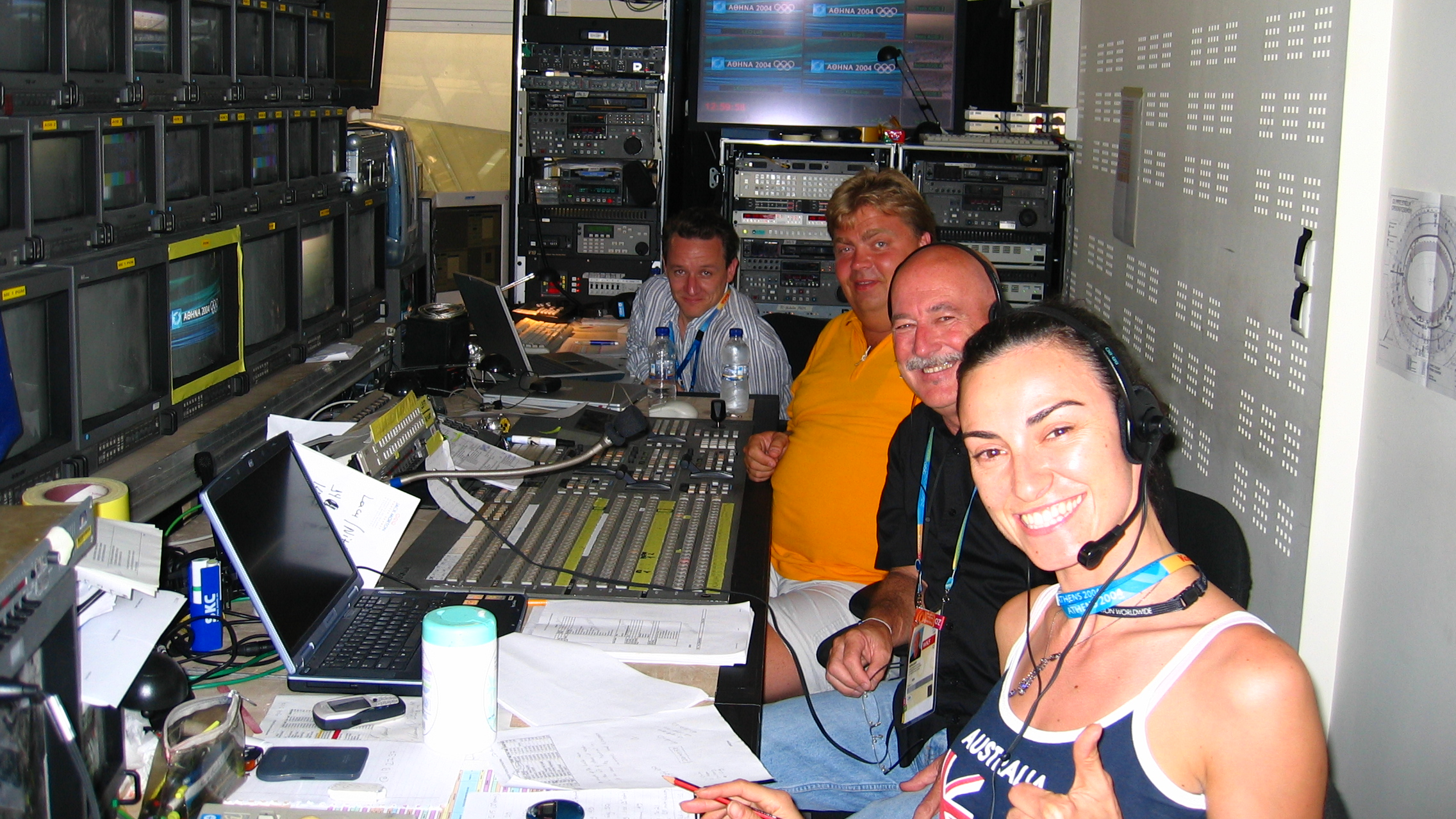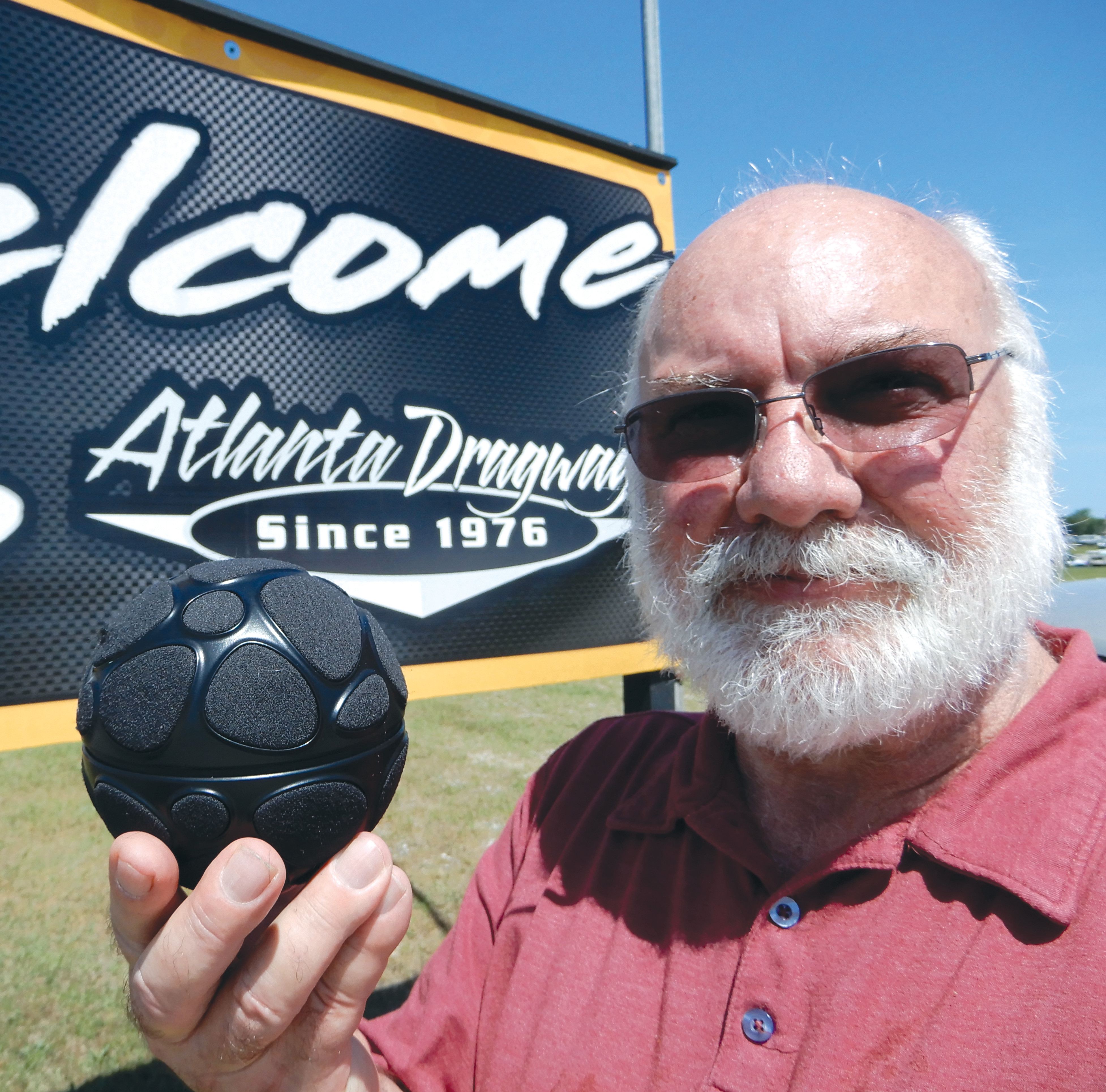Live and Wired for Sound
The danger of having too many people in your ear

I have often pondered the fact that live television is technically easier to set up and get to air today because of digital technology and fiber optics. I could not imagine undertaking the sound of a golf event using what is known as “dry pair,” which was commonly used for audio connectivity just a couple of decades ago.
Forget about the noise and constant maintenance, dry pair is unshielded, thin-gauge copper telephone wire and was very prone to crosstalk between the pairs. If you were lucky and had enough noise on the circuit, you may never notice the crosstalk—I didn’t and got burned, badly.
In the early 1980s, I came out of a recording studio and was stunned at how television audio was really noisy and low fidelity. Further, I was dismayed by some of the practices used in remote audio production, such as using dry pair for show sound and intercoms. After the “shock and awe” of learning that sound fidelity was secondary to the director and producer headsets, I quickly realized the importance of intercoms under some difficult circumstances.
Back then, in the early days of live remote broadcasting, the telephone company was usually hired to provide “clean” dry-pair circuits with minimum noise and crosstalk specifications. Over time, the audio crews learned dry pair by trial and error. Dry pair at major event facilities such as at The Masters in Augusta, Ga., and the Daytona 500 track were usually permanently installed and professionally maintained by the telephone company.
PUSHING THE ENVELOPE
Problems seemed to arise as the TV crews started to push the envelope with large events such as golf and car racing with a system designed for low-fidelity telephone communications. A couple of years into my career, I was audio mixer for a car race taking place over a weekend at a large track in Alabama where the commentator booth was a mile away from the outside broadcast van. The network tried to save some money and the audio crew had to set up the dry-pair infrastructure.
After setup and a full Engineering FAX, I determined to turn my attention on getting good sound. I did not detect any problems for a couple of days because the cars were always running and the noise masked the problem. But on Sunday morning, when there were no cars running, you could hear the producer talking to the announcers in my mix speakers. Unfortunately, the producer channel was crosstalking into the commentator microphones’ circuit and going over the air. The next four hours of television was the most painful experience of my professional life. Needless to say I never worked for that network again.
AUDIO AND INTERCOMS
Audio routing, recording and transmission along with intercom systems have gotten bigger, manageably complex as well as more flexible. Clearly with the digitization of all things audio and intercoms, the performance standards have radically improved and with presets and resets, everything has gotten a bit easier to set up and prepare for a live transmission.
The professional video industry's #1 source for news, trends and product and tech information. Sign up below.
For decades I have debated the issue of whether or not communications should be lumped into the world of audio. Intercoms are the backbone of any studio facility and OB van, and clear communications and intercoms are critical to your success and the success of the production. Accordingly, communications will be a major concern to the director, producer and the engineers working on the production, and it seems that everything with a microphone and a headset is the audio supervisor/A1’s responsibility.
There is a good and logical reason for this: The A1/Audio Supervisor is unique because the role is equal parts engineering and production. The production team and network expect the A1 to make the show sound good. Sounding good is often qualified subjectively by production, but significantly the A1 is often the bridge between production and engineering.
Remember, most directors, producers and broadcast production types are not technically savvy, but they can sure tell you who they need to talk to and who needs to listen to them. Fortunately, the engineer-in-charge can help with intercoms and can make adjustments and changes in real time without distracting the audio mixer during the production.
Yes, for the A1/mixer, the engineering setup has gotten physically and technically easier to accomplish, sometimes as easy as pushing a button, but one aspect of live TV remains a challenge. The audio mixers seem to be listening to more and more noise and less sound. Many people in the audio community, including me, believe that it is hard enough to mix a live event, much less have to listen to a director, producer and all the other chaos.
Yes, it is easier and faster to set up all the equipment, but I have been told that it is still just as difficult—if not more so—to mix a show because of ear fatigue from poor monitoring facilities and excessive intercom usage.
LISTENING FATIGUE
I remember working with a director whom I swear got paid by the word—so much so that my friend and fellow A1, Pete Addams, coined the phrase “word economization,” which translates into not giving too much information for the situation and slowing down the delivery of the message. Remember the mixer is trying to listen to the mix and make dynamic adjustments while filtering through all these distractions.
Every top tier audio mixer I talk to brings up ear and listening fatigue—fatigue not only from listening to audio that is too loud, but also listening to too much. Even for a seasoned mixer who practices good volume management, it is easy to let the sound pressure level creep up as the director and producer get excited and louder. Next the announcers are talking louder and the mixer is adjusting speaker levels everywhere. Soon your head is spinning as you are straining to hear everything—hence “listening fatigue.”
As the live television business goes back to work, I consider an industry that has always depended on headset communications between the operators, technicians and the producers. I recently thought about headphone etiquette after I heard a news story about how people speaking loudly facilitates the spread of the coronavirus. I have worked with people who thought that the louder they talked, the better I could hear and understand them. The old analog intercom systems had a compressor so that the louder someone yelled, the softer the yell became in volume resulting in not hearing the yeller as well. Loud, compressed, distorted intercoms equals fatigue. Additional contributors to noise fatigue are poor speaker selection and placement along with little acoustical isolation and treatment in the OB van.
I have often said, you can mix the best sounding show of your career, but if the producer’s headset is mucking up, what is the producer going to remember about your show? Intercoms have been the demise of more than one audio practitioner—including yours truly.
Dennis Baxter has spent over 35 years in live broadcasting contributing to hundreds of live events including sound design for nine Olympic Games. He has earned multiple Emmy Awards and is the author of “A Practical Guide to Television Sound Engineering.” He can be reached at dbaxter@dennisbaxtersound.com.
Dennis Baxter has spent over 35 years in live broadcasting contributing to hundreds of live events including sound design for nine Olympic Games. He has earned multiple Emmy Awards and is the author of “A Practical Guide to Television Sound Engineering,” published in both English and Chinese. His current book about immersive sound practices and production will be available in 2022. He can be reached at dbaxter@dennisbaxtersound.com or at www.dennisbaxtersound.com.

